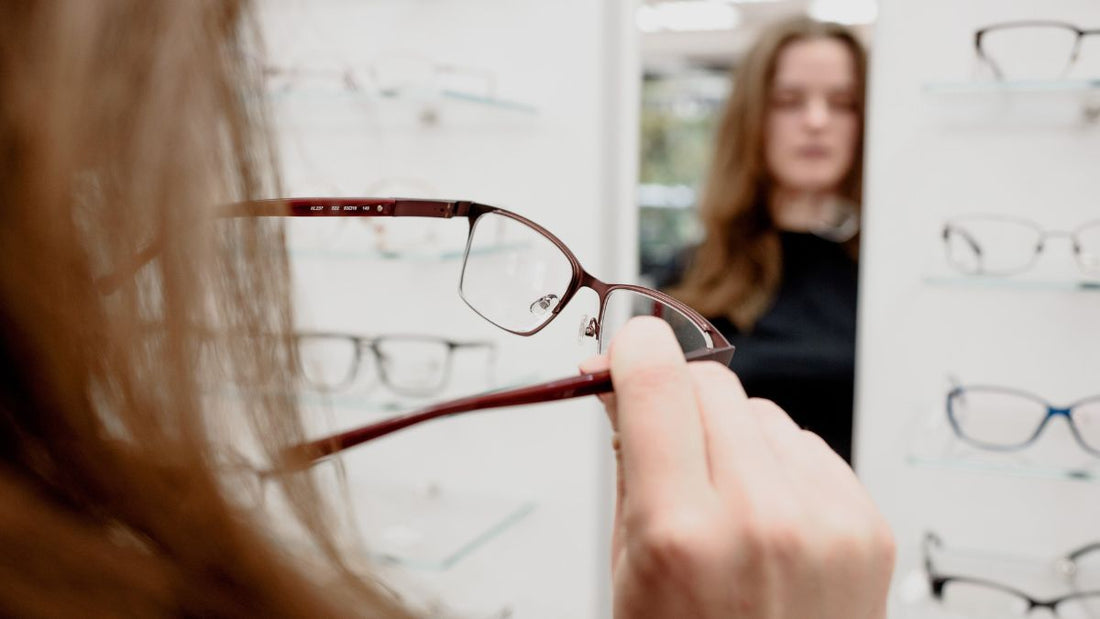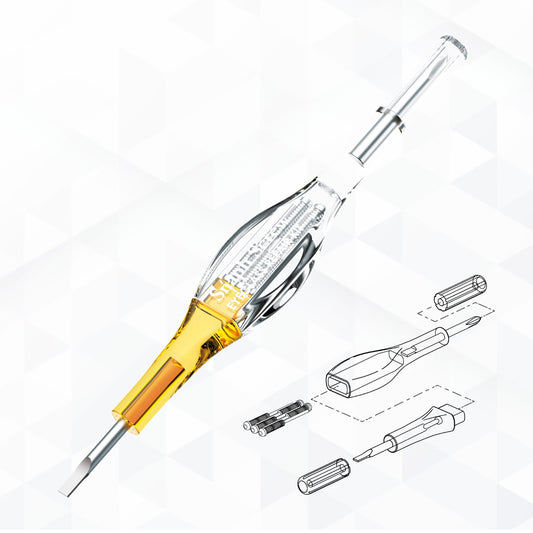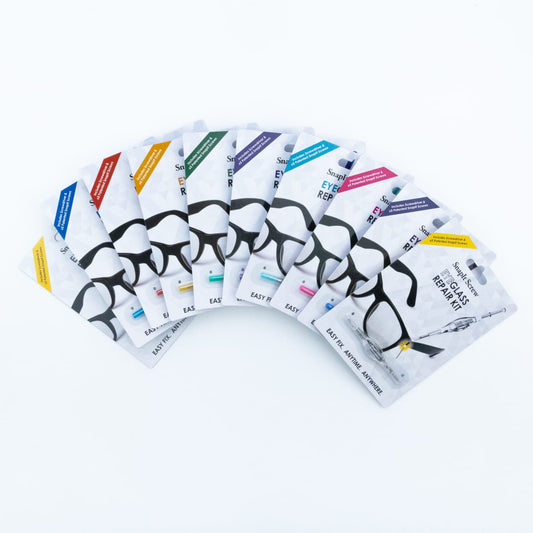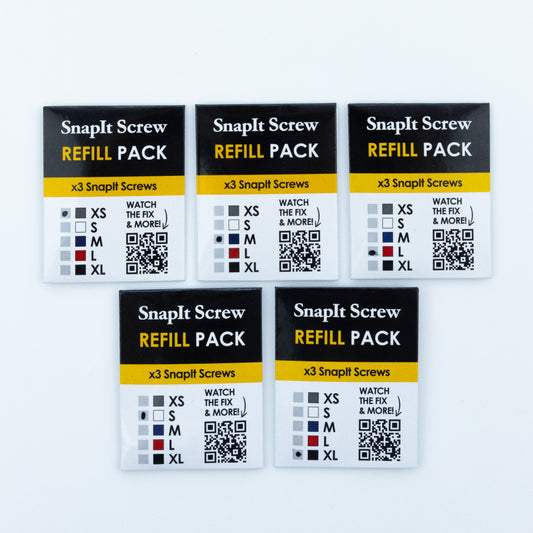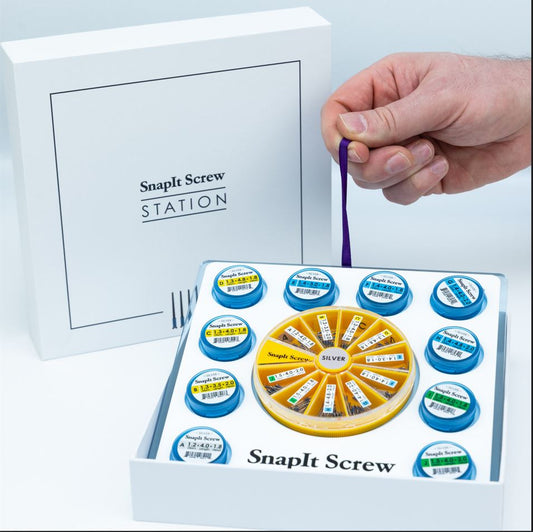If you’ve ever found yourself constantly adjusting your glasses, or if they slide down your nose or feel too tight around your ears, you’re not alone. A well-fitting pair of glasses can make a huge difference in both comfort and vision. But what exactly does the perfect fit look and feel like? Whether you’re shopping in-store or looking to buy prescription glasses online, this article breaks down what makes the best fit and how to ensure your glasses not only look great but fit comfortably on your face.
Why is the fit of your glasses so important?
A good glasses fit is essential for both comfort and clarity of vision. Ill-fitting glasses can cause discomfort around the bridge of your nose, create pressure behind your ears, and even distort your lens positioning, which impacts how well you see. Poorly fitted glasses may also cause unpleasant side effects like headaches or eye strain.
When your glasses sit correctly, the lens aligns properly with your pupils, ensuring accurate correction of your vision. Whether you’re wearing reading glasses, prescription glasses, or sunglasses, the fit of your glasses influences how they perform and how they feel throughout the day.
What part of the frame determines the fit?
Several components of the frame directly influence how your glasses fit:
-
Bridge width: The part of the frame that rests on the bridge of your nose. If it’s too wide, your glasses slide down your nose; if too narrow, they may pinch or leave marks on your nose.
-
Temple arms: These wrap around the back of your ears and help hold your glasses in place.
-
Frame width: The overall width of the frame should be proportionate to the width of your face. A frame that’s wider than your face may feel unstable.
-
Lens height and width: These measurements determine how your pair of glasses look and how well they cover your field of vision.
Understanding which part of the frame determines the fit helps when choosing your new glasses or making adjustments to an existing pair of glasses.
How should glasses sit on your nose?
Your glasses should rest on your nose comfortably and securely, without slipping down your nose or leaving red indentations. The bridge of the glasses should follow the natural curve of your nose bridge, allowing the lens to be properly aligned with your eyes.
If the bridge width is the shortest, the glasses might pinch and feel uncomfortable. If it’s too wide, your glasses could wobble or slide down your nose when you move. The best fit occurs when the frame sits level across your face and stays in place without needing constant adjustments.
How should glasses fit behind your ears?
The temples of your glasses should fit comfortably over your ears without creating pressure. Glasses that are too tight will cause pain behind your ears, while glasses that are too loose may not stay in place when you move.
A proper fit allows the arms of the frame to follow the contour of your head and ears, creating a secure fit that feels natural throughout the day. You shouldn’t feel like your glasses are pushing your ears outward or sliding down. They should simply sit there—firm and comfortable.
What role do nose pads play in a proper fit?
For glasses with nose pads, the placement and type of pads greatly affect comfort and balance. Nose pads help distribute the weight of the frame evenly across the bridge of your nose, preventing discomfort or slippage.
You can adjust your glasses by moving the nose pads closer together or further apart to improve fit. Some models offer adjustable nose pads made of silicone, which adapt better to your nose shape and prevent glasses from sliding down your face—especially helpful when you're active or sweating.
How do frame measurements influence how your glasses fit?
Every frame comes with three key eyeglass frame measurements:
-
Lens width
-
Bridge width
-
Temple length
These numbers appear on the inside of the frame and are essential in determining the size for your glasses. When shopping online, it’s vital to look at our frame size guide or compare measurements with an existing well-fitting pair of glasses.
The frame width, in particular, should closely match the width of your face. If it’s too wide, the glasses will slide; too narrow, and they’ll feel tight. Knowing your glasses measurements is key to choosing a frame that fits well and comfortably on your face.
What’s the best way to find glasses for your face shape?
Your face shape can also affect how well glasses fit and look. While this may not influence the comfort of your glasses as much as technical measurements, it plays a role in visual balance and style.
For example:
-
Oval faces often suit most frame shapes
-
Round faces benefit from rectangular or angular frames
-
Square faces work well with round or oval frames
-
Heart-shaped faces may look better with wider top frames
What are the signs your glasses don’t fit correctly?
There are several signs your glasses don’t fit as they should:
-
You see marks on your nose after short periods of wear
-
Your glasses slide down your face frequently
-
One side of the frame feels tighter than the other
-
The glasses sit crooked on your face
-
The glasses touch your cheeks when you smile
If you're noticing any of these issues, your glasses might need adjustment. An ill-fitting pair not only causes discomfort but also impacts how well the lens aligns with your vision needs.

How can an optician or a best fit machine help?
A professional optician can measure your face, assess your frame size, and even use a best fit machine for precise alignment. These advanced tools take into account the bridge size, temple length, and lens positioning to provide a perfect fit that’s hard to achieve on your own.
Whether you’re trying on glasses in person or seeking help after receiving a new pair of glasses, your optician can guide you through adjustments or help you find the perfect alternative. In-store visits are especially helpful for people with nose bridges that are hard to fit or for those using complex prescription glasses.
Now that you know what to look for in a well-fitting pair of glasses, you’re ready to shop smarter, adjust more confidently, and enjoy glasses that don’t just correct your vision—but feel great too.
 and
and  WHEN BUY 3 KITS
WHEN BUY 3 KITS

